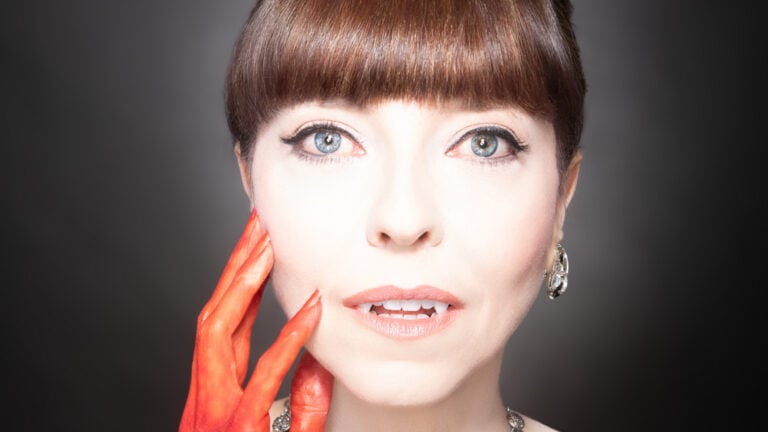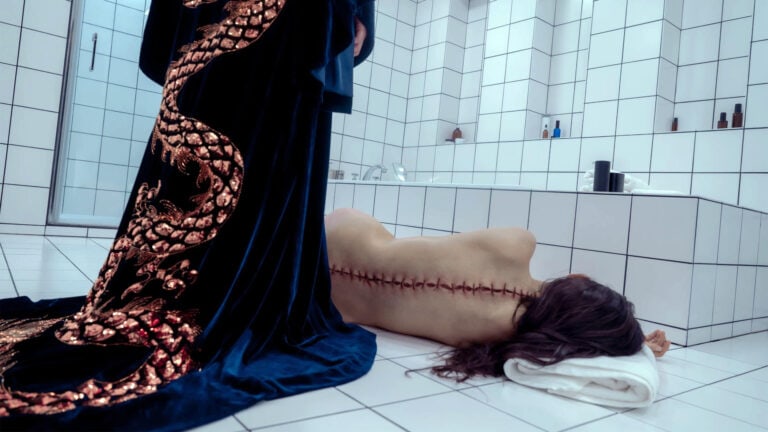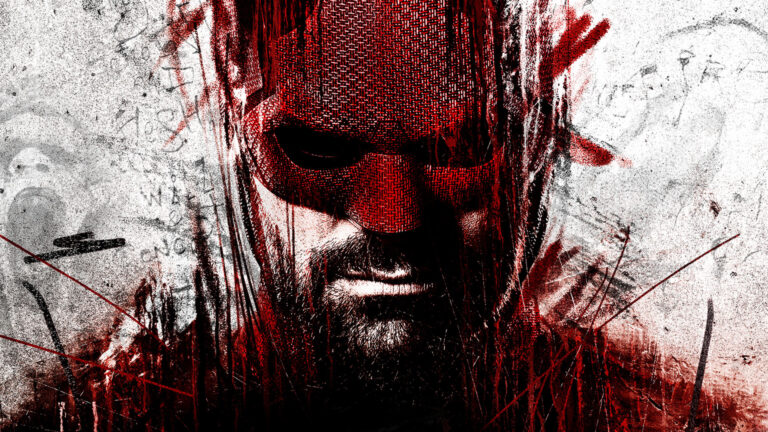Rick Shick: The VFX of 90s Power Rangers
VFX artist Rick Shick revealed some of his favorite Power Rangers visual effects creations–from the Dinozord to Thunderzord transformation sequence to the use of claymation for the Z-Putties break-aparts.
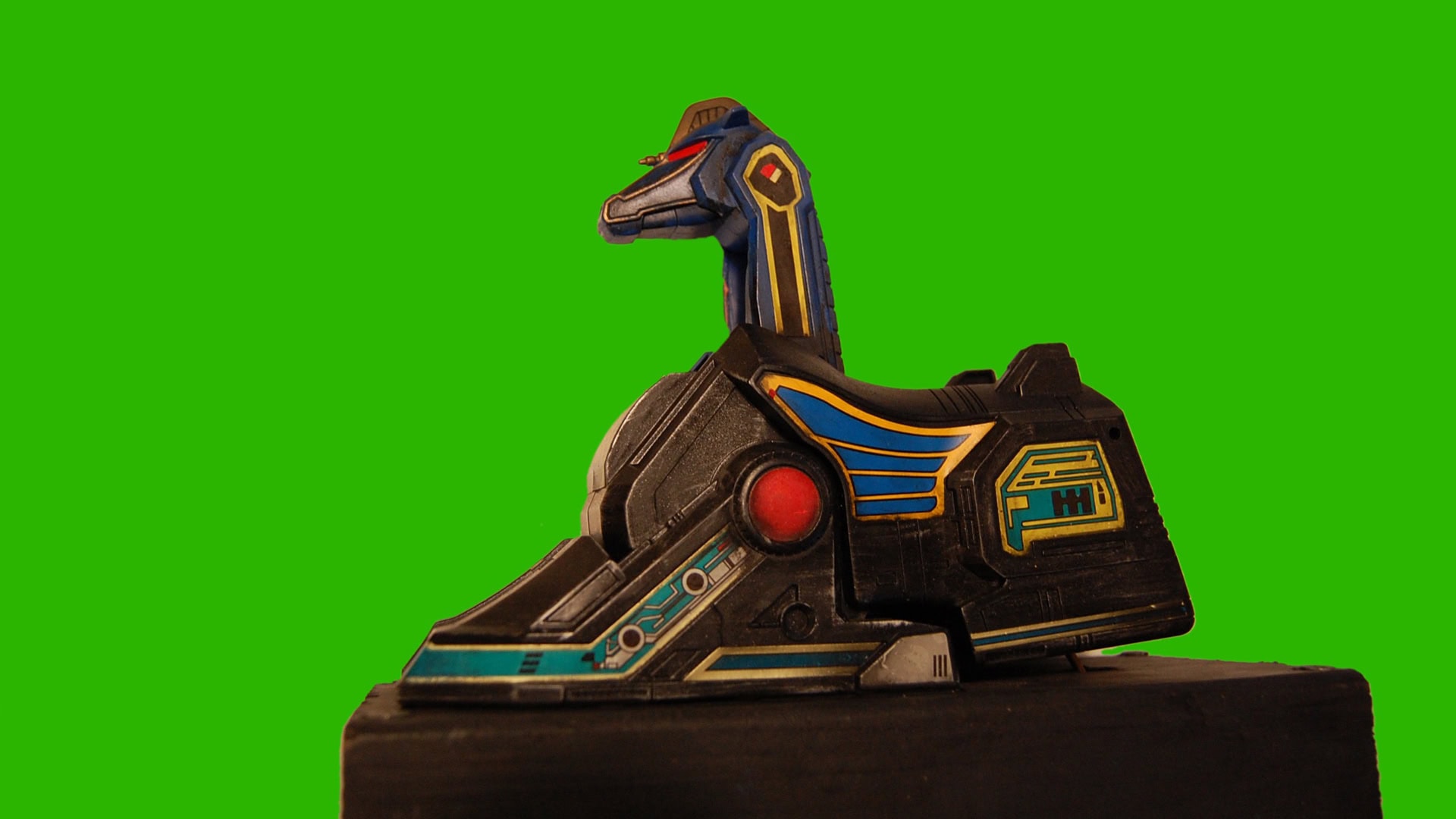
In the 1990s, visual effects on television were not as prominent as they are now. At the time, few sci-fi productions were able to achieve the incredible amount of special effects that Mighty Morphin Power Rangers (MMPR) had with such a tight schedule and low budget. Although the show was adapted from the Japanese series, Super Sentai–accommodating new storytelling around some of the original footage for in-costume heroes and epic Zord battles–Saban wanted to push the boundaries and incorporate more American-made scenes starting with Season Two of MMPR. That’s when Rick Shick’s prolific career as a VFX artist began. “I was an intern at Roger Corman Studios as the casting assistant for the first Fantastic Four movie. You can only be an unpaid intern for so long. I eventually met a producer at Paramount who knew someone that had this kid show that was really big, and they knew it was going to be bigger for the second season. They needed more artists, so I just went in blindly with my stuff like, ‘Hello! Heard you’re looking for people.’” Shick managed to get an interview with Modern VideoFilm, which involved creating a matte for a balcony on a little model of Rita Repulsa’s Moon Palace: “They had the scene where Zedd shrinks Rita down in the show. So they’re like, ‘Draw a matte of this railing’. They left the room, and I’m worrying about every pixel, sweating like crazy … it’s like something that would take five seconds now, and I probably agonized over it for 20 minutes; but I got the job.”
“I don’t think there were any other shows that were brand new, five days a week that had even five visual effects in them. And here we’re working our way up to like 40 visual effects in an episode. There isn’t time for a lot of back and forth and criticism. It’s just go, go, go!”
Little did he know that Mighty Morphin Power Rangers was going to be the ultimate VFX school, working at breakneck speed, making mistakes, and learning from them: “It was all about starting out very simple, and then it would quickly get complicated because as artists we want to do more. We want to look better. That’s how we actually learned and grew.” Shick added, “I don’t think there were any other shows that were brand new, five days a week that had even five visual effects in them. And here we’re working our way up to like 40 visual effects in an episode. There isn’t time for a lot of back and forth and criticism. It’s just go, go, go!”
A convoluted mix of Zyuranger, new Japanese footage filmed exclusively the American series, and Dairanger footage was chosen to expand upon the Mighty Morphin Power Rangers story in Season Two–allowing the VFX team to flex a full range of techniques. The transformation sequence from Dinozord to Thunderzord truly showcased this momentous task for the show, with Rick Shick being responsible for making the background mountain range, purchasing the Zord toys (which were repainted and turned into puppets), and ultimately puppeteered them at Saban Studios. “I tried to match [the mountain range] to Southern California mountains. I didn’t realize that it really should have been these super hilly Japanese mountains they had behind the models. But they also weren’t consistent in the Japanese [footage]. Sometimes it was just regular hills and sometimes these rolling Japanese watercolor painting hills.” He added, “I also turned the Unicorn Thunderzord into a puppet because that was the simplest one!” This was a rare shoot as most of the Power Rangers VFX work was usually done in post production, but not the last!
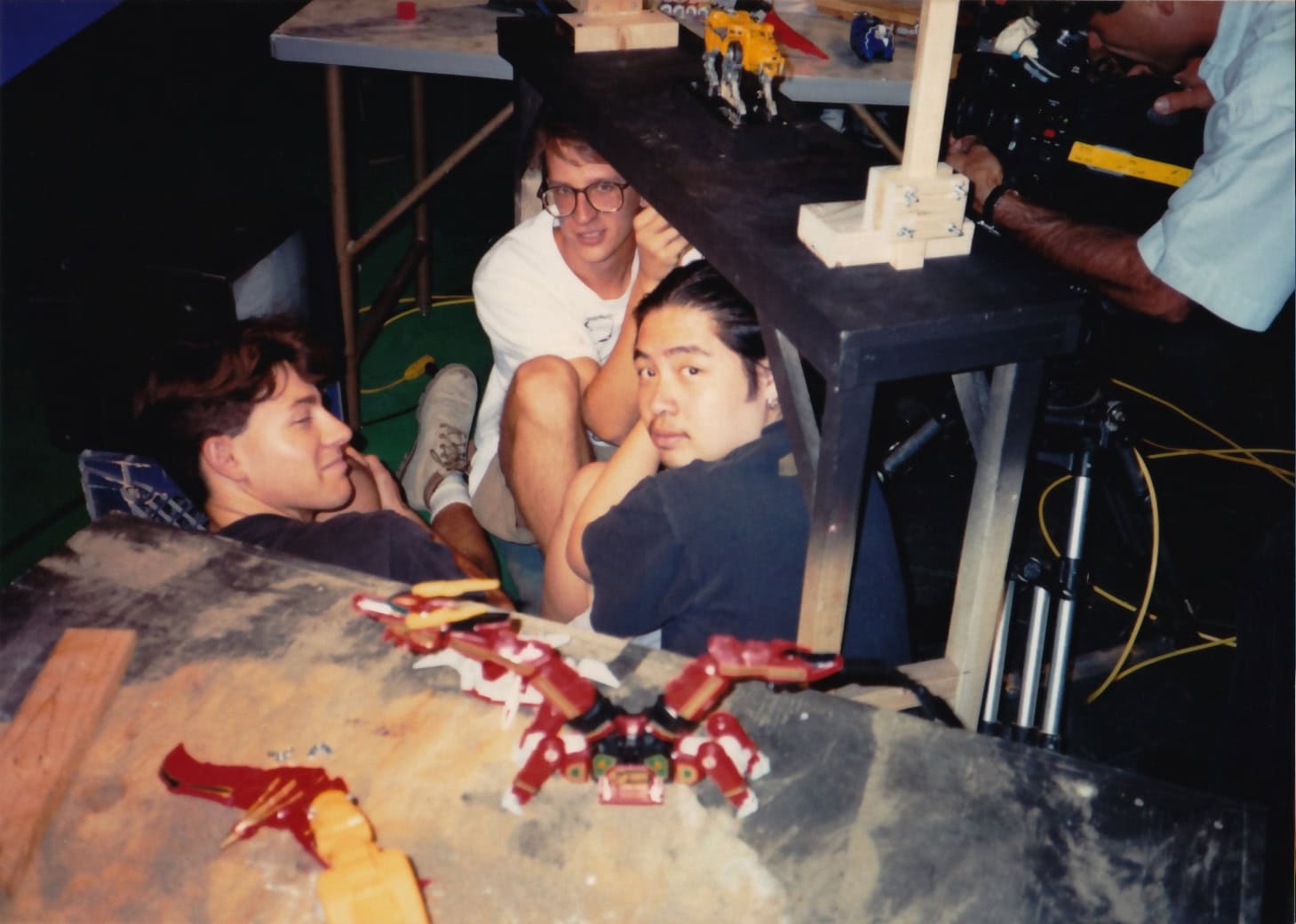
Rick Shick’s experience filming Zord transformations was far from over, because yet another crucial continuity footage had to be filmed for the Ninja and Shogun Ultrazord formations, which were exclusive to Power Rangers. Shick explained, “Because Titanus the toy actually had this clawing paw motion when it would roll, it was built into it. I just turned that into a puppet myself … I did all the painting on it. [Brian Longbotham] actually rigged it so it would shoot fire out of both cannons and out of the mouth. I’m pulling it with a string while sitting under the table, so he’s riding and shooting fire at me. Titanus is attacking me! It was so cool.”
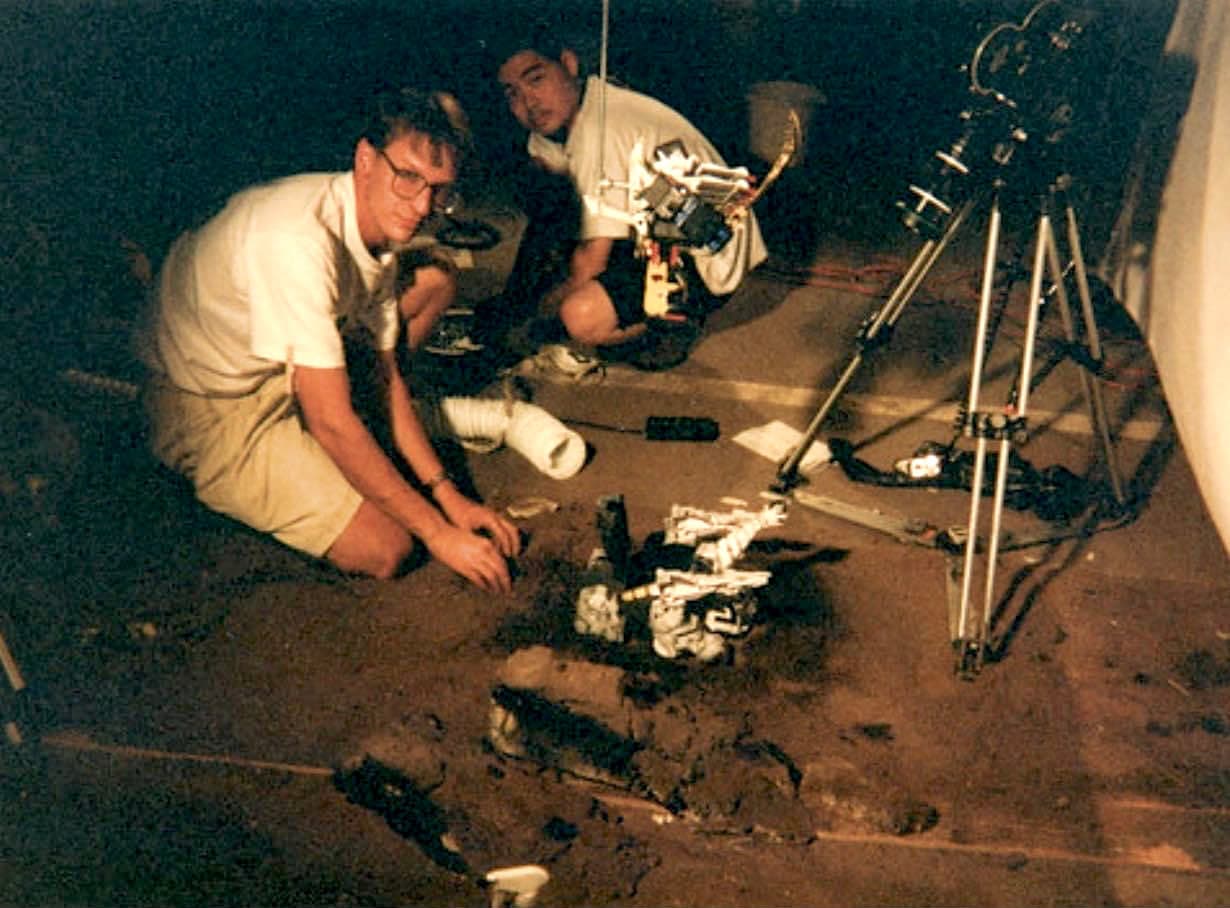
Probably one of the most fun special effects in MMPR is the Z-Putties break-aparts, which Rick Shick revealed were done using claymation. “I actually sculpted the Putties that would break apart, I think I probably did like 95% of them [Trent Shumway did them when I wasn’t available]. We had a downward-facing camera that was made to record layers of elements that you could animate and program to move. I’d make them out of Plastilina clay … it’s oil based so it would never dry out and I could reuse it. It was cheaper than doing a water-based clay because that would probably get hard, and then I’d have to wet it down again. I would sculpt the guys out of this clay and line up my Putty to match the last frame of the stuntman. I had a video feed that I could look at that would superimpose the claymation guy over the live-action footage … I usually had like 15 frames or so to work with. I knew it had to be out of there within a certain amount of time because, you know, they don’t want them lingering, but I always tried to do something funny [laughs]: if the Putty’s leg came off, the foot would spin around and then kick him in the head on his way out. If there were two Putties, they’d reach out to each other sometimes to hold hands. If one guy hit the ground and his arm broke off, as he was leaving the frame he would reach back and grab his other arm to pull it off. I was always trying to add something into it that amused me … Saban as a client didn’t really care as long as the work was done,” Shick explained.
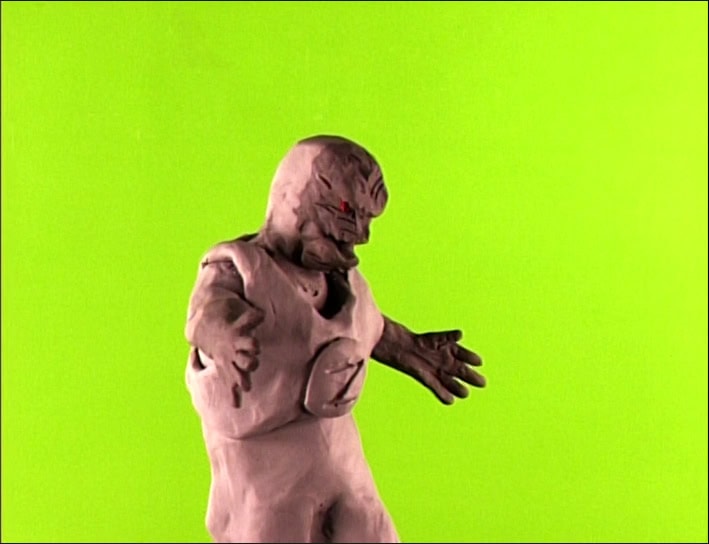
After three, long seasons of MMPR, the franchise evolved into Zeo, and with that new VFX challenges. Shick revealed a particular moment in the season premiere, A Zeo Beginning, Part 1 where he had to use his imagination to create a viscous, gooey green portal the Rangers would go through to enter the Power Chamber for the first time: “I made a little concoction of oils and water, glitter and food coloring and just kind of swirled it around and shot that under the [downward-facing animation] camera … that kind of shimmery wavy thing became the portal element. I’d take it from shooting it straight down, turn it sideways and then they’d walk into it. I’d have to rotoscope them as they went through (cutting them out one frame at a time). They weren’t shot over green, they were just in the scene, but this portal had to be part way in the frame. I took the rotoscoping that I had been learning and the layering of these elements, and then went to the next level with how everything interacted, trying to give it more depth and more feeling–such as the light coming from the portal reflecting onto them. I’d key their highlights and put some green in them as they got closer.”
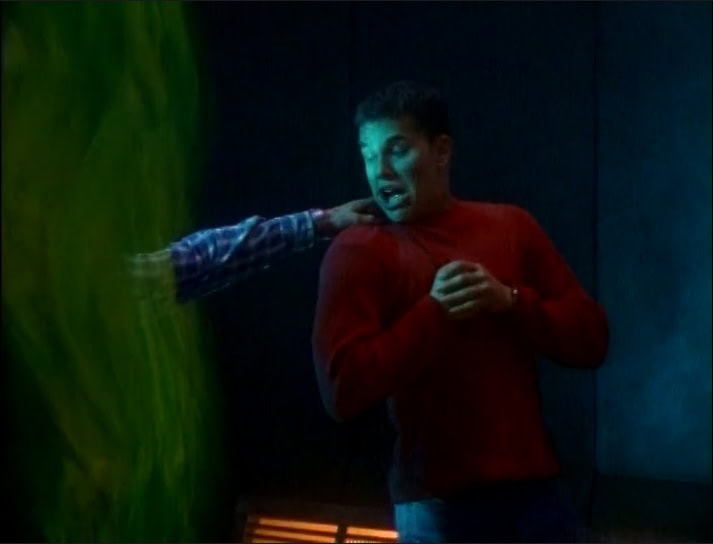
Power Rangers and other early Saban shows were just the beginning of Rick Shick’s long career. His incredible behind-the-scenes stories continue in Behind The Power VFX, a YouTube channel where he highlights VFX breakdowns from his career with special guests from the Power Rangers franchise (and beyond)!
